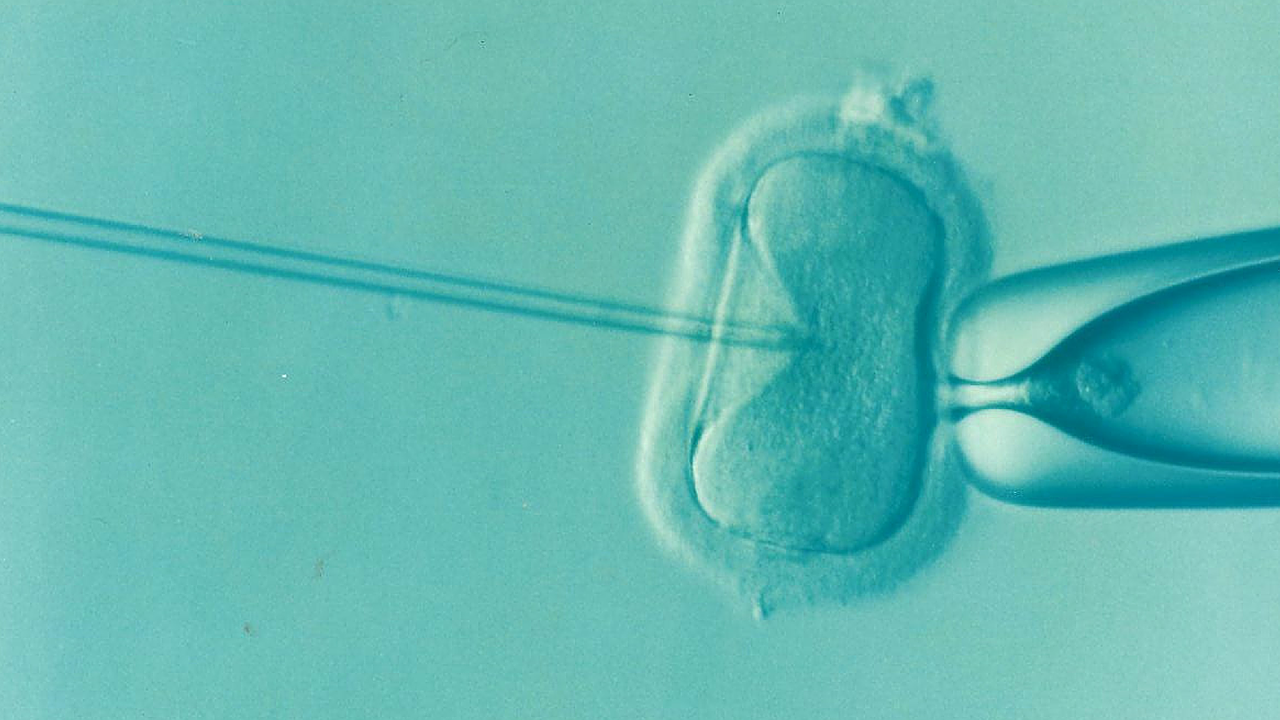Expert Reaction
These comments have been collated by the Science Media Centre to provide a variety of expert perspectives on this issue. Feel free to use these quotes in your stories. Views expressed are the personal opinions of the experts named. They do not represent the views of the SMC or any other organisation unless specifically stated.
Associate Professor Alex Polyakov is a Clinical Associate Professor in the Faculty of Medicine, Dentistry and Health Sciences at the University of Melbourne and is a Medical Director at Genea Fertility Melbourne
When does a treatment become futile and should not be offered for that reason? This is an important medical, economic and ethical question that sometimes is difficult to answer.
Our paper focuses on fertility treatments, specifically in vitro fertilisation. It is generally accepted that some women and couples may have such low chance of success that IVF should not be offered, but what chance is that low is not immediately apparent.
All medical decisions, especially related to withholding treatment should have an objective ethical basis. To this end, we attempted to define futility in the sphere of fertility treatments, utilising conventional cost-benefit analysis based on the concept of Quality-Adjusted Life-Years (QALY).
We argued that IVF should be treated like any other medical intervention and its outcome, i.e. the birth of a healthy child, can be assessed using conventional metrics, widely accepted in other areas of health care.
The novelty of our approach is primarily based on the assertion that a child born as a result of IVF produces a net gain in QALYs and this can be translated into a monetary value, which can in turn be used to assess the cost-effectiveness of IVF treatments, in order to define futility.



 Australia; VIC
Australia; VIC



